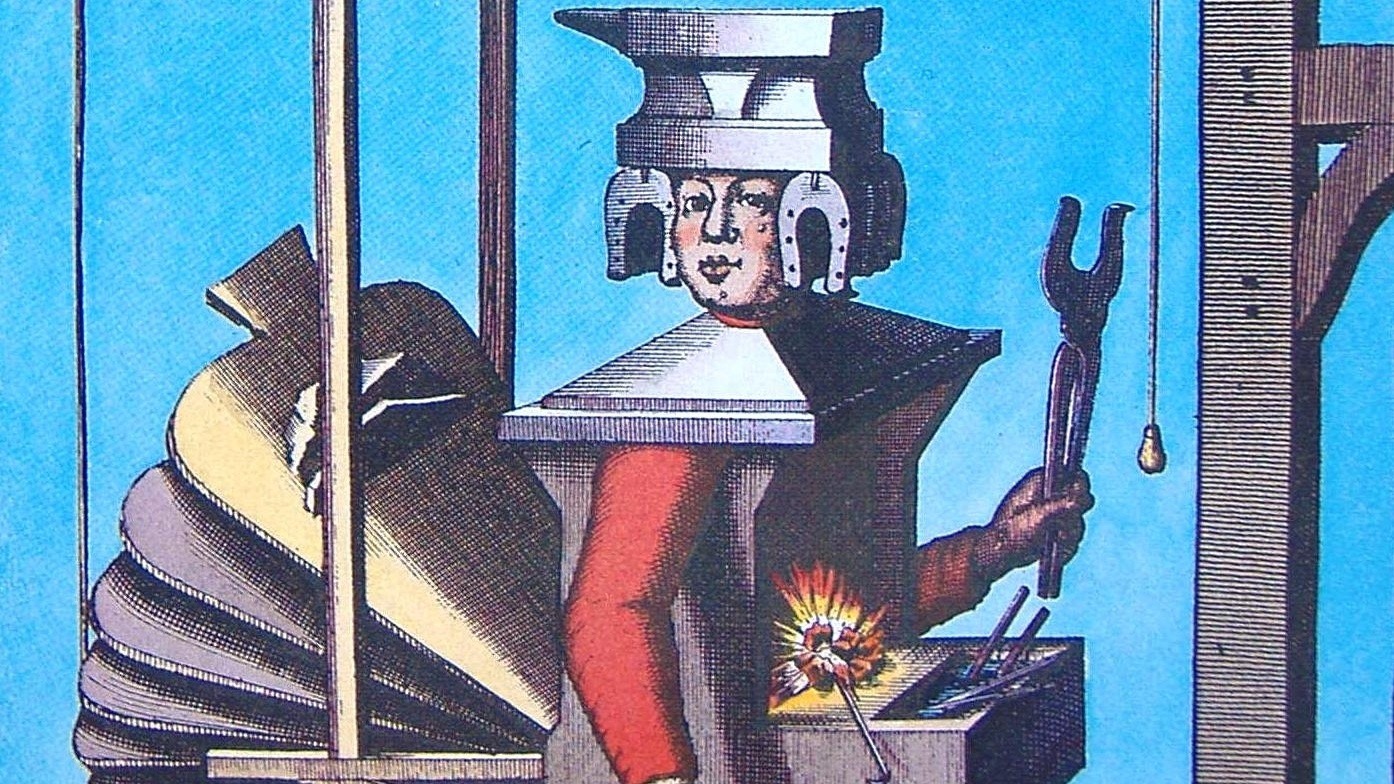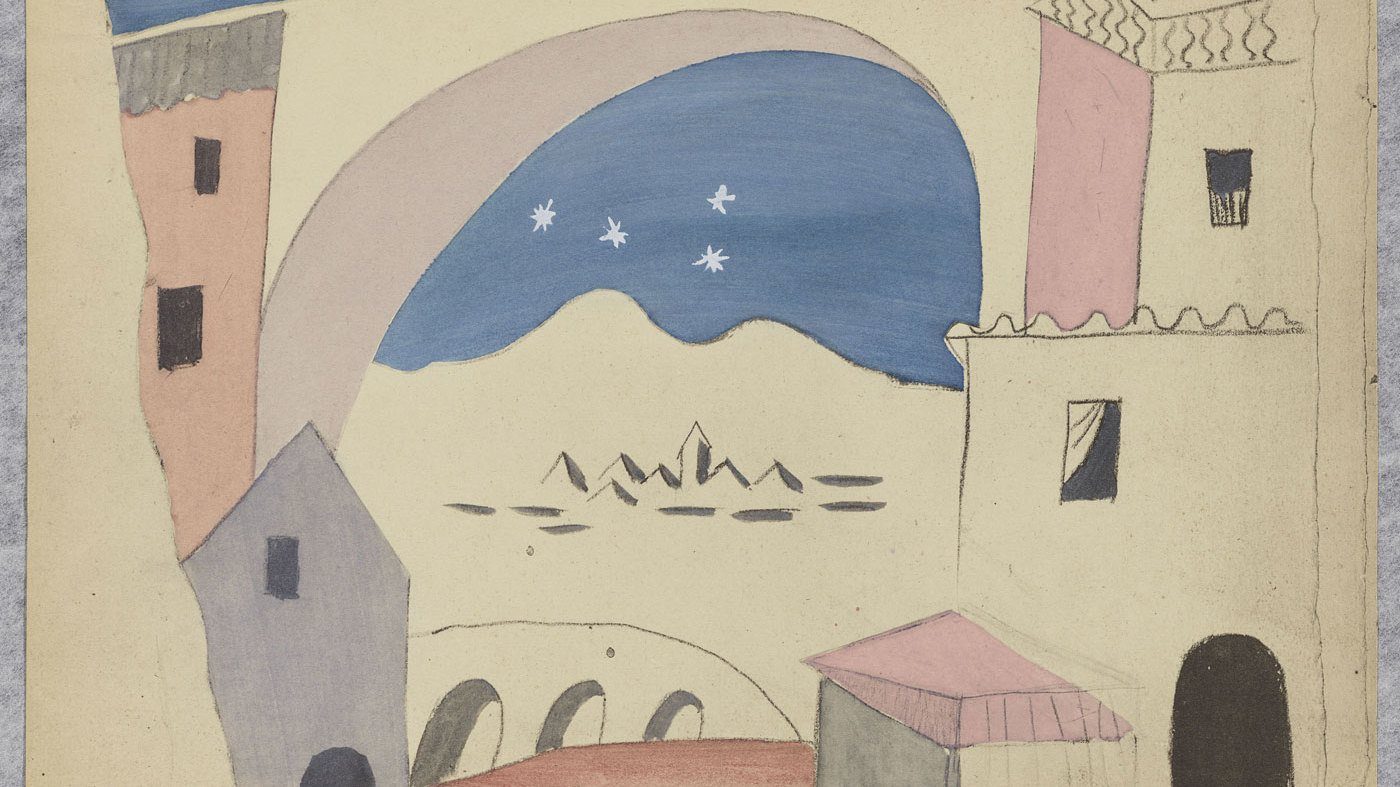Handel’s Suite No. 5 in E Major: “The Harmonious Blacksmith”
George Frideric Handel composed the Eight Great Suites for harpsichord around 1718 when he was employed as house composer at Cannons in Middlesex, England. By 1720, he became aware of error-ridden pirated copies of the music circulating throughout continental Europe. When the set was published, Handel included the following explanation in the preface of the London edition: I have been obliged to publish some of the following Lessons, because surrepticious and incorrect Copies of …







